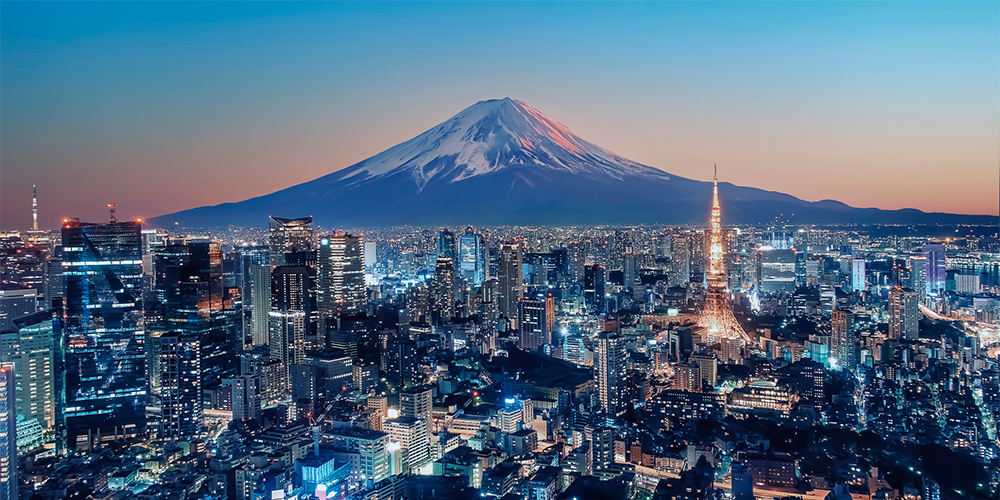While Japan’s leaders like to argue the country is poor and complain about the ‘lost decades’ or even the ‘lost generation’, the macroeconomic reality is that Japan is the world’s largest creditor country and has been for the last 31 years. So much for ‘lost decades’.
Japan’s total net assets stood at $3.2tn at the end of 2021 (and almost certainly rose again during 2022 – the latest available data is for end-2021). This was 1.3 times more than those held by Germany, the world’s number two creditor, and was well ahead of China. Japan is a very rich country. Its stock of assets is the envy of the world.
Unfortunately, being rich in financial assets does not mean that the assets are being deployed effectively. In the household sector, financial assets have basically doubled from ¥1,000tn to ¥2,000tn ($7.2tn to $14.5tn) over the past 30 years. This asset-doubling happened while wages and disposable income were basically stagnant and income from those assets dropped from ¥40tn in 1994 to ¥25tn in 2022 ($289bn to $180bn).
Prime Minister Fumio Kishida’s ‘new capitalism’ agenda is right to suggest an asset-income-doubling plan. But to actually achieve this, some policies worthy of being called ‘new capitalism’ must be designed. To start, it would be wise to focus on Japan’s undisputed strength – the enormous stock of assets accumulated.
Economic growth policies work best when they seize upon a natural trend. And inside Japan, the most powerful megatrend is the unlocking of Japan’s enormous household sector financial assets because of inheritance.
Opportunity to get creative
It is estimated that, of the famous ¥2,000tn of household financial wealth, as much as 50% is owned by people aged 70 or older. This implies that somewhere between ¥400tn-¥700tn ($2.9tn-$5.1tn) will become ‘unstuck’ due to Japan’s demographic make-up over the coming 10-15 years. While the exact numbers may be subject to debate, there must be no doubt that this is an unprecedented opportunity for policy-makers to get creative. The goal is simple: channel the stock of baby boomer legacy funds towards investments for Japan’s future.
Under ‘old capitalism’ and current policy settings this will not happen. Inheritance tax rates run at around 55%. This means that much of the stock of wealth freed-up by inheritance and generational transfer is destined to pay-down government debt. This is backwards looking – paying down debt is paying for past consumption and past investment. But what Japan needs is forward-looking investments. The coming megatrend of inheritance offers a once-in-a-generation opportunity to do so.
Importantly, I am not advocating a cut in the inheritance tax rates. Far from it. I know that some of the usually much-admired Scandinavian countries have dramatically reduced inheritance tax rates. Sweden abolished it completely a couple of years ago. This is potentially dangerous as it opens the possibility of a ‘plutocracy’ developing. Societies can quickly become unstable when money and family privilege are valued higher than ability, initiative and the belief that value is based on merit. Japan abhors instability and fears a return to the ‘Zaibatsu’ plutocracy when eight families controlled as much as two-thirds of Japan’s wealth and economy in the 1920-30s. Japan must and can do better.
The good news
Japan already has a model that effectively takes traditional tax liabilities and channels them into citizen-directed spending. The Furusato Nozei is a scheme that lets taxpayers re-direct local tax liabilities towards region-specific purchases of goods and services. For example, a Tokyo resident can use part of their local tax liability to buy scheme-approved produce from Nagano prefecture or play golf at a scheme-approved resort in Hokkaido. Furusato Nozei has been very successful in stimulating regional economic growth. A similar scheme could build on this to channel inheritance tax liabilities into investments.
The basic idea is that anyone who receives an inheritance gets the option to invest in projects or investment schemes that build new social and public infrastructure. The amount invested is tax free – not against income taxes, but against inheritance tax due. So someone who inherits ¥10m and makes a ¥3m investment in approved projects would be taxed on ¥7m, not ¥10m.
The projects and funds eligible for the scheme will be carefully vetted by the government, just like the goods and services eligible for the Furusato Nozei are. There are many possibilities to design this scheme for maximum policy impact.
For example, if your policy goal is to finance green energy projects in northern Japan or public university deep-tech start-ups, the tax-exempt status should be offered not just to the initial investment but also to potential returns. A new wave of social impact investment funds with all sorts of positive future investment targets would quickly develop – just as local merchants quickly restructured their businesses to become eligible for the original Furusato Nozei consumption scheme. But, like the Furusato Nozei, locally focused initiatives must be integral to this scheme.
All this requires reform of both the gift tax system and the inheritance tax system. What matters most, however, is the creation of a new philosophy: give individual asset owners an opportunity to self-direct their accumulated wealth towards concrete projects that will create future prosperity. Those with financial means want to create a legacy and contribute towards investments that create a better Japan for their grandchildren.
Unlike China, Japan got rich before it got old. Now the coming megatrend of inheritance allows Japan to set a positive example of how these riches can be used wisely for the creation of future prosperity. That’s a policy directive worthy of being call ‘new capitalism’. Japan has the potential.
Jesper Koll is the Global Ambassador and Expert Director for the Monex Group, Japan.
